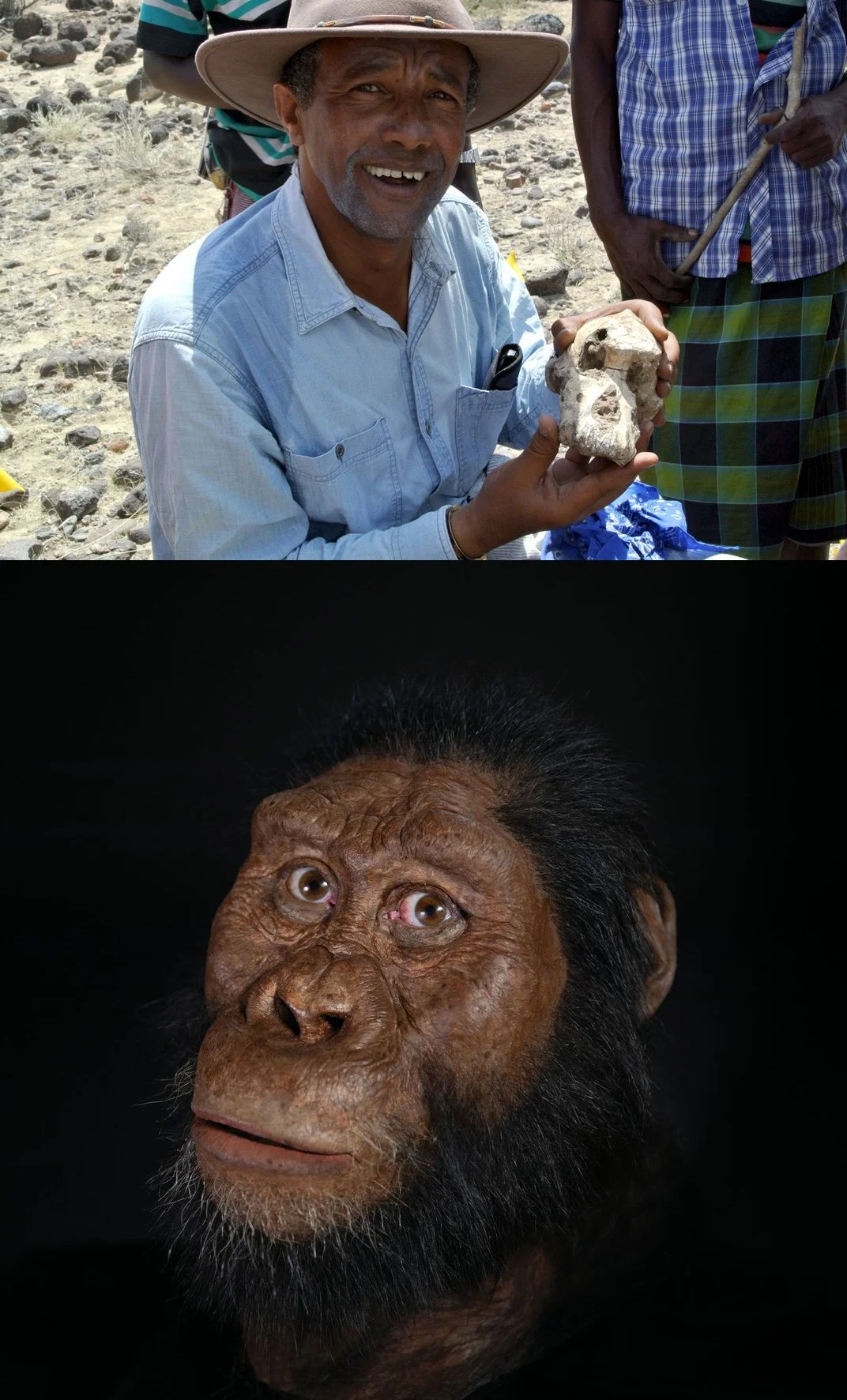A 3.8-Million-Year-Old Skull Puts a New Face on a Little-Known Human Ancestor
/A 3.8-Million-Year-Old Skull Puts a New Face on a Little-Known Human Ancestor
Spotting the intact Australopithecus skull in the Ethiopian dirt caused paleoanthropologist Yohannes Haile-Selassie to literally jump for joy. “It was something that I’ve never seen before, and I’ve seen a lot of cranial fossils,” he says.
The chance discovery by Haile-Selassie and an Ethiopian shepherd has created a captivating portrait of 3.8-million-year-old face, providing an unprecedented look at a hominin species from a key stage of human evolution. Experts say the extraordinary fossil can help redefine the branches of humans’ evolutionary tree during a time when our ancestors had just evolved efficient ways to walk upright.
“This cranium looks set to become another celebrated icon of human evolution,” Fred Spoor, a human evolution researcher at the Natural History Museum in London, writes in a News & Views article that accompanied Haile-Selassie and colleagues’ new study in the journal Nature.





